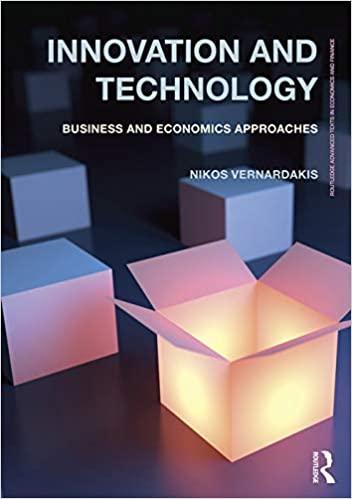The Payback method is widely used in capital budgeting because it is simple and does a good job of determining the correct accept/reject decision.
Flag this Question
Question 2 2 pts When using the Internal Rate of Return (IRR) method to evaluate investments, those with an IRR greater than zero should be selected, and those with an IRR less than zero should be rejected.
When using the Internal Rate of Return (IRR) method to evaluate investments, those with an IRR greater than zero should be selected, and those with an IRR less than zero should be rejected.
Flag this Question
Question 3 2 pts When the Cost of Capital (that is, the Discount Rate) increases, the Net Present Value of investments under consideration increases also.
When the Cost of Capital (that is, the Discount Rate) increases, the Net Present Value of investments under consideration increases also.
Flag this Question
Question 4 2 pts Skip to question text.
As a financial analyst, you've been assigned to evaluate a project for your firm that requires an initial investment of $200,000, is expected to last for 10 years, and which is expected to produce aftertax cash flows of $44,503 per year. If your firm's cost of capital is 14%, will you recommend the project be accepted or rejected?
| Accept; the project has a positive NPV |
| Reject; the project has a negative NPV |
| Can't tell without further information |
Flag this Question
Question 5 2 pts Skip to question text.
What is the Internal Rate of Return (IRR) for your firm that requires an initial investment of $200,000, is expected to last for 10 years, and which is expected to produce after-tax cash flows of $44,503 per year if your firm's cost of capital is 14%?
Flag this Question
Question 6 2 pts Skip to question text.
The Seattle Corporation has been presented with an investment opportunity which will yield cash flows of $30,000 per year in Years 1 through 4, $35,000 per year in Years 5 through 9, and $40,000 in Year 10. This investment will cost the firm $150,000 today, and the firm's cost of capital is 10 percent. Assume cash flows occur evenly during the year, 1/365th each day. What is the payback period for this investment?
Flag this Question
Question 7 2 pts Skip to question text.
Polk Products is considering an investment project with the following cash flows: Initial investment -$100,000 Yr 1 40,000 Yr 2 90,000 Yr 3 30,000 Yr 4 60,000 The company has a 10 percent cost of capital. What is the project's discounted payback period?
| Sometime in the second year |
| Sometime in the third year |
| Sometime in the fourth year |
Flag this Question
Question 8 2 pts Skip to question text.
You are considering the purchase of an investment that would pay you $5,000 per year for Years 1-5, $3,000 per year for Years 6-8, and $2,000 per year for Years 9 and 10. If you require a 14 percent rate of return, and the cash flows occur at the end of each year, then what is the maximum amount you should be willing to pay for this investment?
Flag this Question
Question 9 2 pts Skip to question text.
Martin Manufacturers is considering a five-year investment which costs $100,000. The investment will produce cash flows of $25,000 each year for the first two years and $50,000 a year for each of the remaining three years. The company has a cost of capital of 12 percent. What is the MIRR of the investment?
Flag this Question
Question 10 2 pts Skip to question text.
Cypress Corporation has a target capital structure of 60% debt, 15% preferred stock, and 25% common stock. Currently Cypress has a capital structure of 75% debt, 10% common stock, and 15% preferred stock. The after tax cost of debt is 6%. The preferred stock has a par value of $100 per share, a $9 per share dividend, and a market price of $80 per share. The common stock of Cypress trades at $84 per share and has a projected dividend (D1) of $3.36. The stock price and dividend are expected to continue to grow at 12% for the foreseeable future. The CFO expects the company to have $590,000 available from retained earnings. What is the weighted average cost of capital (WACC) for Cypress?






